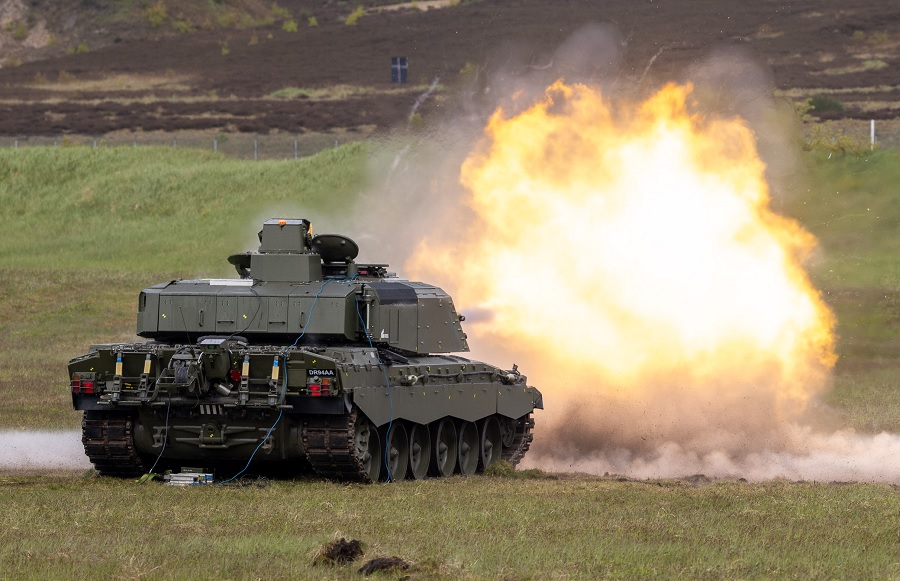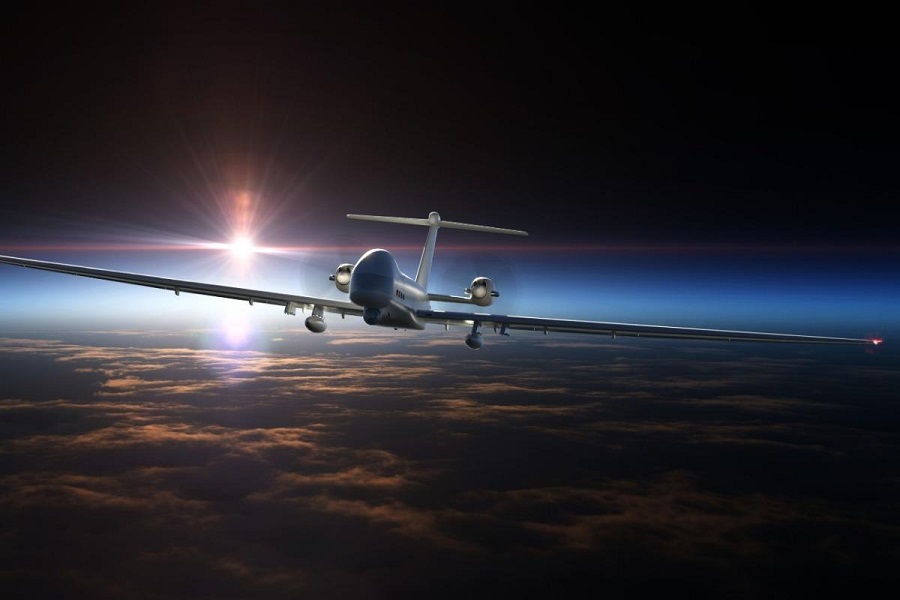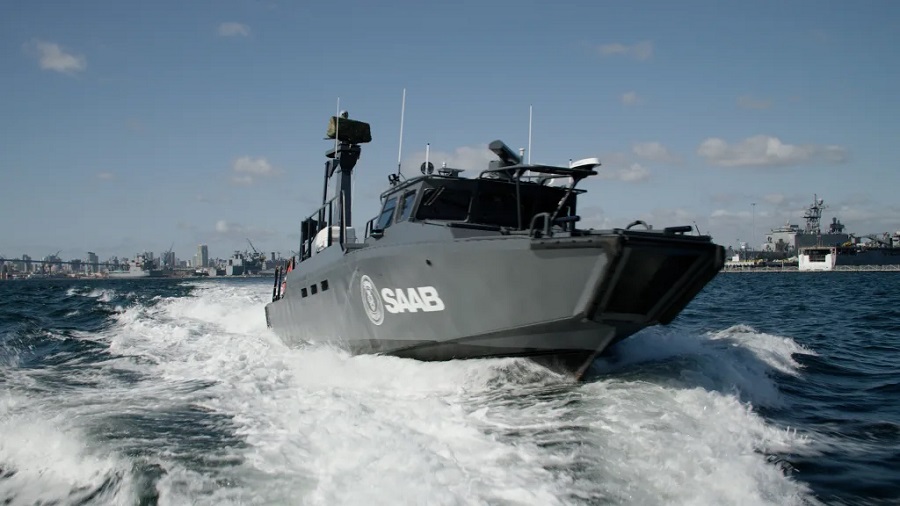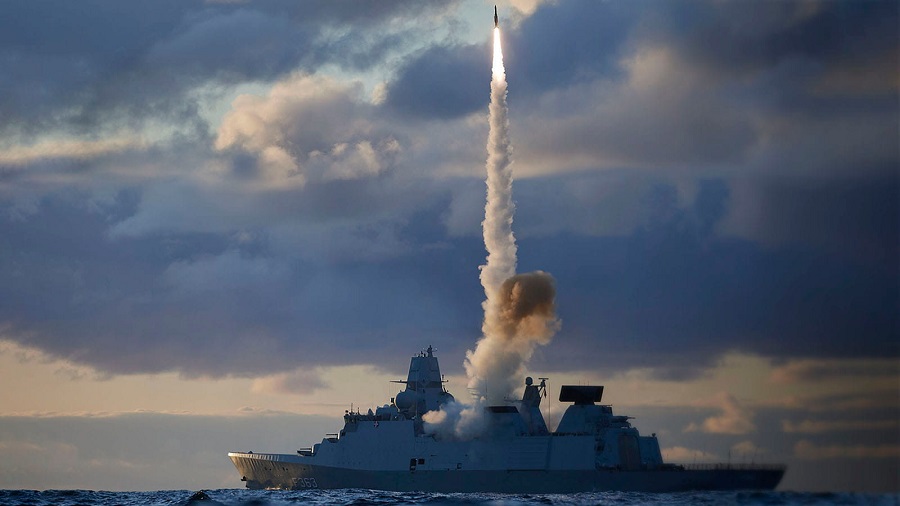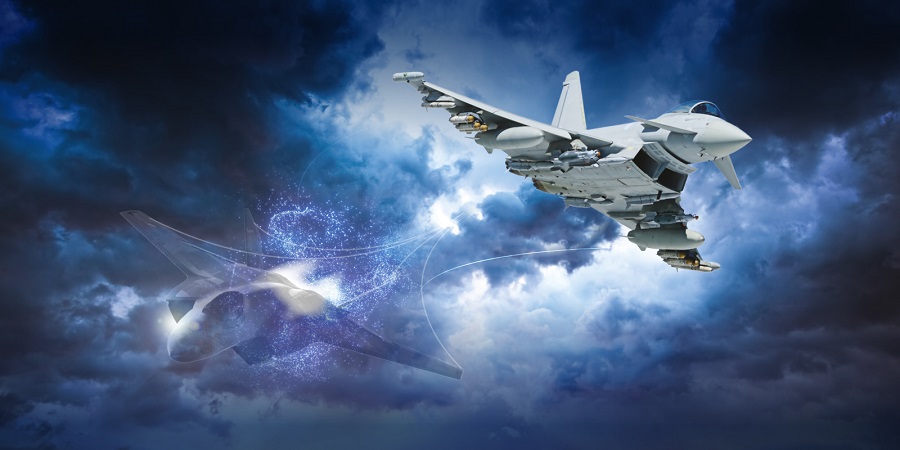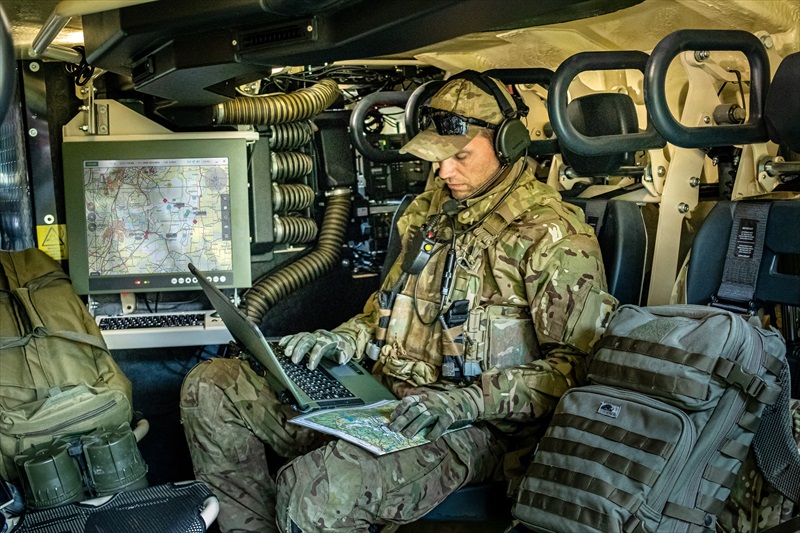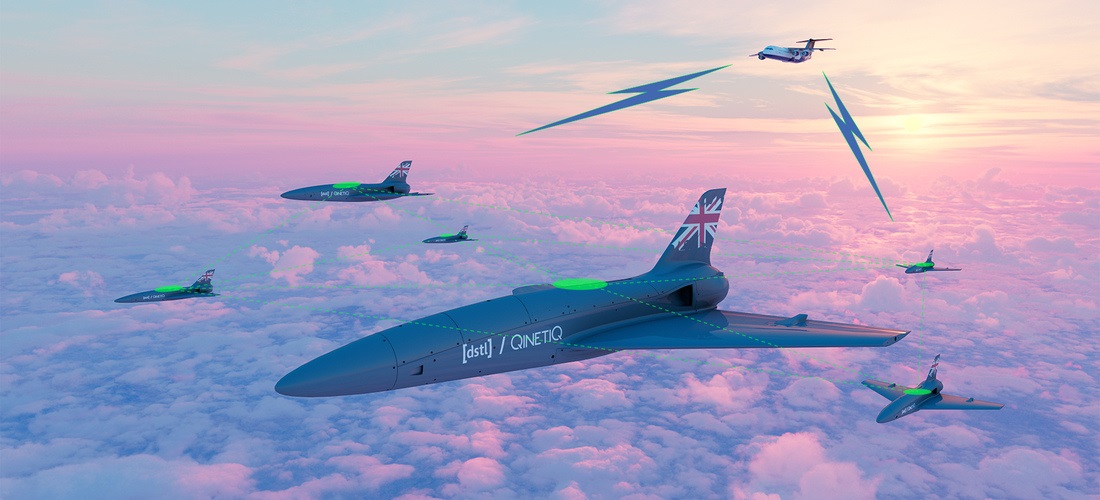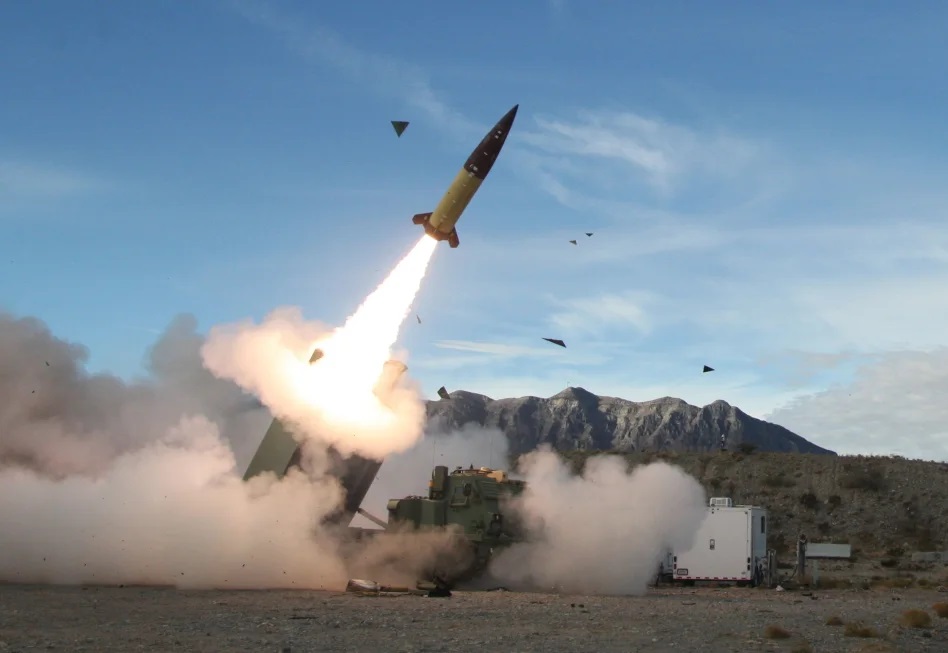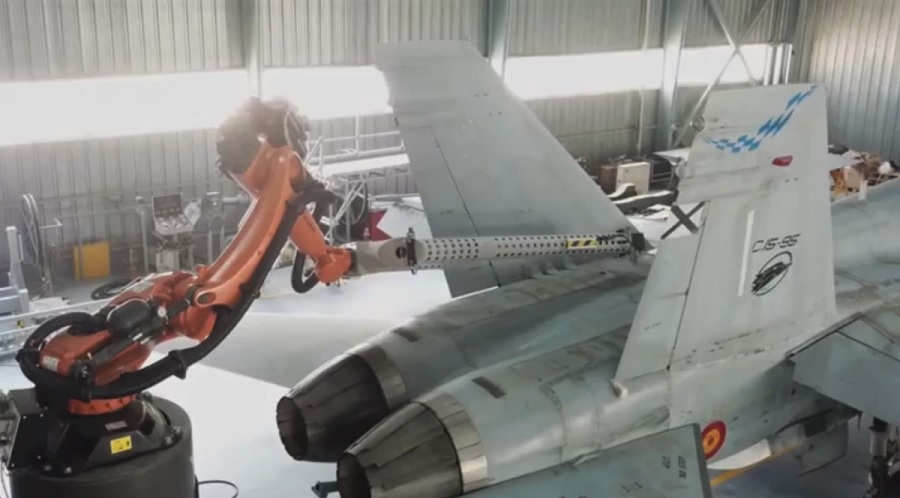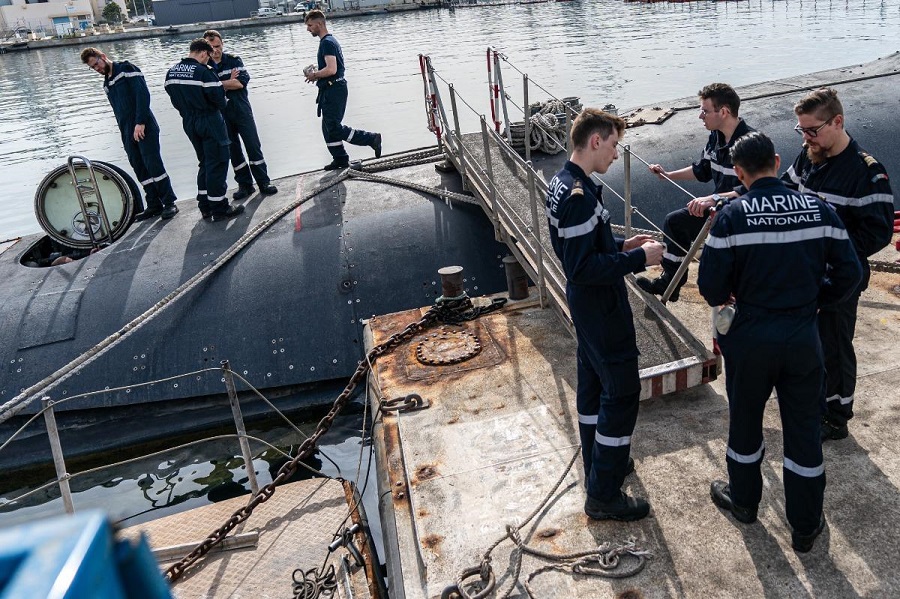Gathering intelligence to safeguard oceans
70.8% of Earth is covered by water equating to a massive 361 million km2 of seas and oceans to be monitored. Gathering intelligence over maritime areas is a challenge of colossal proportions and Airbus has taken it on with the development of several dedicated systems – which includes an array of unmanned aerial systems ranging from light to long-endurance aircraft.
Aliaca is an onboard mini-UAV (Unmanned Aerial Vehicle) system chosen by the French Navy for the SMDM (Systèmes de Mini Drones aériens embarqués de la Marine) contract, which was signed in the last quarter of 2020. It covers the supply of 11 Aliaca systems (including 22 air vehicles) in a maritime version for the French Navy, as well as associated training and maintenance for the given operational conditions. Aliaca was certified and qualified by the French Armament General Directorate (DGA) in July 2022.
VSR700, the unmanned aerial system that is currently under development and has been designed to operate alongside other shipborne naval assets, will provide commanders with an improved tactical picture, greater search and rescue power, and bring to bear a highly capable autonomous platform in times of heightened threats. Its compact size and discreet silhouette enhance stealth, and its payload accommodates a host of long-range, high-performance sensors – the optimal capability enhancement for modern navies.
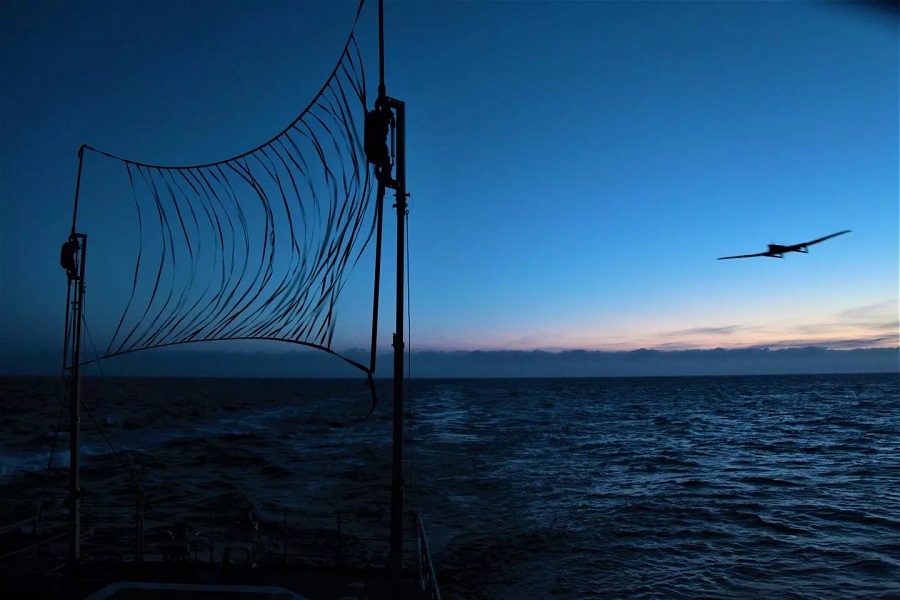
The third system is Eurodrone: a Medium Altitude Long Endurance (MALE) Remotely Piloted Aircraft System (RPAS) with versatile and adaptable capabilities that make it the perfect platform for Intelligence, Surveillance Target Acquisition and Reconnaissance (ISTAR) missions or homeland security operations. Its open architecture as part of the future-proof design will allow for growth and rescoping system capabilities as may be required by the future needs of customer armed forces.
Space also plays a key role in maritime surveillance missions. For more than 30 years, Airbus has delivered actionable interoperable intelligence that enables responses at greater speed and with greater certainty. With proprietary access to the world’s leading satellite constellations – including Pléiades Neo, which has an optical resolution of 30 cm – Airbus supplies sustainable satellite imagery and data solutions.
Leading the digital transformation
Gathering information is not enough. Extracting meaning and analysis from data and intelligence are where Airbus technologies make a difference.
With extensive experience in Command, Control, Computers, Communications, Cyber, Intelligence, Surveillance, and Reconnaissance, Airbus launched its Multi-Domain Combat Cloud (MDCC) project, which uses cloud-based technologies to create a cyber-resilient collaborative network across air, land, sea space and cyber domains.
With this technology, each asset constitutes a connecting node regardless if it is a warship, a fighter jet, a headquarters or a tank and provides critical information to militaries.
Since 2002, Airbus has been developing, deploying and upgrading the SPATIONAV system to support the French authorities’ gathering of information, direct maritime surveillance and intervention at sea. The system provides them with a tactical picture of the maritime situation to prepare and conduct their operations related to maritime border protection, search and rescue missions, maritime navigation security, detection of illicit activities and environmental protection.
SPATIONAV covers 6,000 kilometres of French coastline monitored in real-time 24/7 by 750 operators thanks to a vast network of sensors (105 sites, 88 radars, 77 AIS stations and 8 equipped Falcons). In addition, the system integrates over 50,000 extra European and international tracks.
Safeguarding information and securing digital networks is also key to maritime operations. In response to cyber-attacks that have become a daily threat and are increasingly sophisticated, Airbus Defence and Space has developed a defensive cyber warfare system to secure military networks and protect data. It includes monitoring, warning, detection and response capabilities that identify the origin, target, criticality and impact of such attacks, enabling them to be countered with a suitable response plan.
A key to defending against cyber-attacks is being ready for these threats through preparation and training. Airbus’ CyberRange advanced simulation solution easily models information technology (IT) systems and operational technology (OT) systems to simulate realistic scenarios including actual cyber-attacks. It is used by many Defence customers including the French navy.
Operating in a rough environment
Operating at sea is a constant challenge. Having designed and built aircraft specifically for maritime operations for decades, Airbus has gathered a unique know-how that benefits our latest generation of naval aircraft.
The first of a new generation of helicopter, the H160M derives from the EASA-certified H160. It benefits from a low cost of operations and enhanced flight safety features. The H160M incorporates the latest technological achievements in European aeronautics.
To ensure a high level of availability while reducing operating costs, the H160M’s support and services needs were taken into account from early in its design phase.
As a naval asset, the H160M is a formidable addition to anti-surface warfare, naval force protection, maritime security, maritime environment monitoring and intelligence, and search and rescue. The civil version of the H160 can also be used by military and public operators for search and rescue (SAR) and surveillance missions. The French Navy has recently received its first out of six H160s configured for SAR operations.
The NH90 military helicopter is a modern, multi-role rotorcraft designed to meet the most stringent NATO standards. Developed in two versions – tactical transport (TTH) and NATO frigate helicopter (NFH) – the NH90 contains a unique, fully integrated mission system for operations in the most demanding conditions over land and sea, day and night. Over 170 NH90 NFHs have been ordered by seven different customers with more than 123 aircraft being delivered so far.
Advanced navigation and ship landing aids enable the helicopter to perform safe landings in day, night or adverse weather conditions, supplemented by a deck lock device for securing the touchdown in high sea states.
The NFH has fulfilled missions along the east coast of Africa, in the Persian Gulf, the Indian Ocean, the Caribbean, Mediterranean and northern waters. Its operational versatility and wide range of capabilities make it the most effective naval helicopter available today. It is a true force multiplier and an essential asset for any operation.
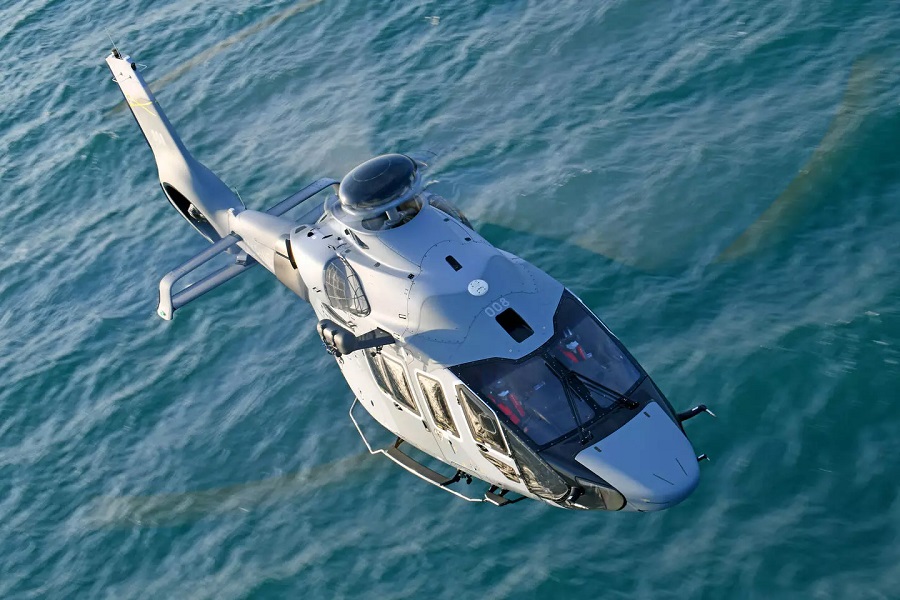
In the domain of maritime patrol aircraft, Airbus is considering developing an aircraft based on the highly successful A320Neo that would be designed for long range maritime patrol (MPA) including the most demanding anti-submarine warfare (ASW) and anti-surface (ASuW) missions.
Source: Airbus.








